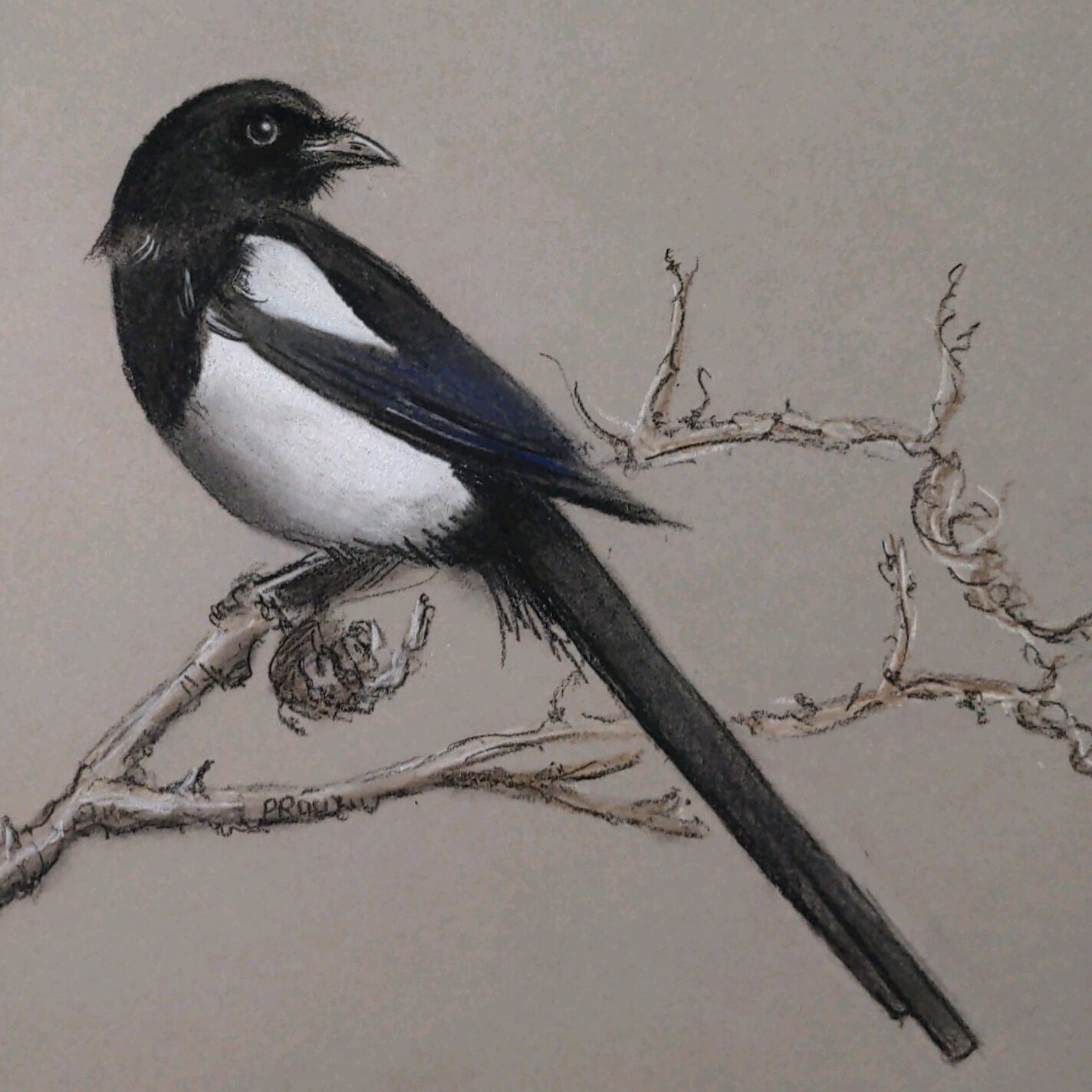Are you tired of using the same old prompts when generating images with AI? Do you want to take your image generation game to the next level? What are the best promtps for Midjourney ? Look no further! In this article, I’ll share with you some uncommon words and adjectives that will help you create truly amazing prompts for MidJourney. By choosing the right prompt, you can significantly impact the quality and relevance of the images generated by AI image generators. So, let’s get started and unlock the full potential of AI image generation!
In the following article, I’ll present to you uncommon words and adjectives to generate amazing prompts in MidJourney!
Romanticism
This style of art was popular in the first half of the 19th century and emphasized emotions, individualism, and the power of nature. Romantic artists often depicted dramatic, sweeping landscapes and scenes of heroic or tragic figures.

Realism
In contrast to Romanticism, Realism was a movement that sought to depict the world as it really was, without idealization or romanticizing. Realist artists often focused on ordinary people and everyday scenes, depicting them in a straightforward, unadorned style.

Impressionism
This movement emerged in the 1860s in France and emphasized the effects of light and color on the landscape. Impressionist artists used loose brushstrokes and often depicted scenes from everyday life, such as people relaxing in parks or cafes.

Post-Impressionism
This term refers to a group of artists who were influenced by Impressionism but who went on to develop their own distinctive styles. Post-Impressionist artists, such as Vincent van Gogh and Paul Cézanne, often used bold colors and experimented with new forms and techniques.

Art Nouveau
This was a decorative style that emerged in the late 19th century and was characterized by flowing, organic forms and intricate patterns. Art Nouveau artists often drew inspiration from nature and sought to create works that were both beautiful and functional.

En plein air
This is a French term that translates to “in the open air.” It refers to the practice of painting outdoors, often to capture the effects of natural light and color.

Lithography
This is a printing technique that involves using a flat stone or metal plate to create a design or image, which is then transferred onto paper using ink.

Daguerreotype
This was the first practical method of producing photographs, developed in the 1830s. It involved exposing a polished silver plate to light and then treating it with chemicals to produce a permanent image.

Impasto
This is a painting technique that involves applying thick layers of paint to the canvas to create a textured, three-dimensional effect.

Collage
This is a technique that involves creating a composition by combining different materials, such as paper, fabric, or photographs, onto a single surface. Collage became increasingly popular in the 19th century with the rise of modern art movements such as Cubism and Dadaism.

Chiaroscuro
This is an Italian term that refers to the use of light and shadow to create the illusion of three-dimensional space in a two-dimensional artwork. This technique was particularly prominent in Baroque art but was also used in the 19th century by artists such as Francisco Goya and Rembrandt.

Etching
This is a printmaking technique that involves creating a design on a metal plate by scratching into it with a sharp tool. The plate is then inked and pressed onto paper, creating a print.

Pointillism
This is a painting technique that involves applying small dots of pure color to the canvas, which blend together optically to create a larger image. This technique was popularized by the French artist Georges Seurat in the late 19th century.

Tenebrism
This is a style of painting that emphasizes dramatic contrasts of light and shadow to create a sense of drama and tension in the image. This technique was used by artists such as Caravaggio and Rembrandt.

Woodcut
This is a printmaking technique that involves carving a design into a block of wood and then inking the raised surface of the block to create a print. This technique was widely used in the 19th century for book illustrations and other forms of popular art.

Pastel
This is a medium made of powdered pigment and a binder that is applied to paper to create a soft, delicate image. Pastels were particularly popular in the late 19th century for portraiture and landscape painting

Sfumato
This is an Italian term that refers to a technique of blending colors and tones together to create a smooth, gradual transition between areas of light and shadow. This technique was used by artists such as Leonardo da Vinci and was particularly popular in the Renaissance and Baroque periods.

Drypoint
This is a printmaking technique that involves scratching an image directly onto a metal plate using a sharp tool. The plate is then inked and pressed onto paper, creating a print with a soft, velvety texture.

Mezzotint
This is a printmaking technique that involves roughening the surface of a metal plate to create a textured base that can be selectively smoothed to create areas of light and shadow. The plate is then inked and pressed onto paper, creating a print with a soft, velvety texture. Mezzotint was particularly popular in the 18th and 19th centuries for reproducing works of art and portraits.

In conclusion, choosing a good prompt for MidJourney is essential when it comes to generating high-quality and relevant images using AI image generators. As we have discussed, the prompt serves as the initial input that the AI model uses to generate a new image, and a well-crafted prompt can make all the difference in the final output. By incorporating uncommon words and adjectives into your prompts, you can unlock the full potential of AI image generation and create truly amazing images. So, next time you’re using an AI image generator, remember the importance of a good prompt and experiment with new and creative ideas to elevate your image generation game.
